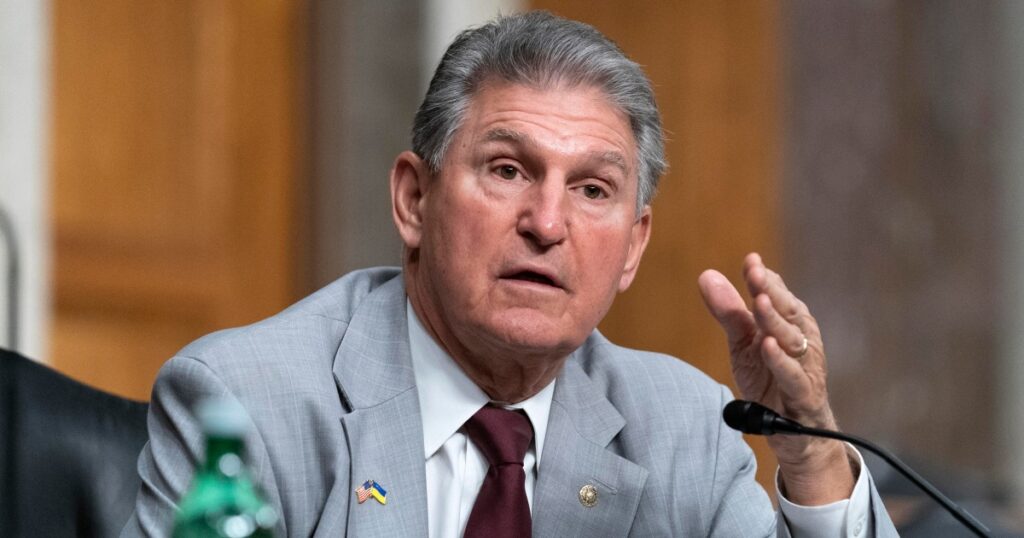What is a Continuing Resolution Debt Ceiling?
A Continuing Resolution Debt Ceiling refers to a legislative measure that allows the government to continue funding its operations and programs when a budget agreement has not been reached by the start of the fiscal year. It essentially serves as a temporary funding mechanism to keep the government functioning until a formal budget is approved. The debt ceiling, on the other hand, is the maximum amount of debt that the government can legally borrow to meet its financial obligations. When the debt ceiling is reached, the government is unable to borrow more money, which can lead to a potential default on its debt payments.
Understanding the Implications and Mechanisms
When a Continuing Resolution Debt Ceiling is implemented, it means that the government is operating under temporary funding based on the previous year’s budget or a specific agreed-upon amount. This allows essential government functions to continue, such as paying federal employees, funding defense operations, and providing necessary services. However, it also means that certain non-essential programs may be put on hold or face reduced funding until a formal budget is passed.
The debt ceiling aspect of a Continuing Resolution Debt Ceiling is crucial as it determines the government’s ability to borrow money to meet its financial obligations. If the debt ceiling is not raised or suspended, the government may be forced to prioritize its spending, potentially leading to delays in payments to creditors, Social Security recipients, and other beneficiaries. Failure to raise the debt ceiling can have severe consequences for the economy, including increased interest rates, reduced investor confidence, and potential disruptions in financial markets.
In conclusion, a Continuing Resolution Debt Ceiling is a temporary funding mechanism that allows the government to continue its operations when a budget agreement has not been reached. It provides a stopgap measure until a formal budget is approved. The debt ceiling component is crucial as it determines the government’s ability to borrow money and meet its financial obligations. Understanding the implications and mechanisms of a Continuing Resolution Debt Ceiling is essential to grasp the potential consequences and impact on the economy.







